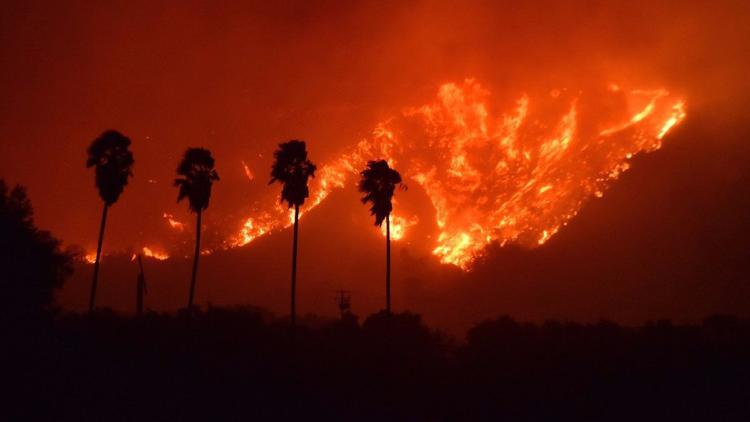Trends Affecting the Energy Sector in 2019
Every year, the energy sector is faced with
a new set of challenges. Over the past few decades, the aim of the game has
been to bring the cost of energy generation down whilst simultaneously
increasing its efficiency. In 2019, however, the landscape looks slightly
different.
Thanks to the advent of the Internet of
Things, and a number of other highly data-intensive developments, demand for
energy is higher than ever before and increasing at an unprecedented rate. But,
on the flip side, increased efficiency by way of widespread automation, among
other things, intends to bring this demand back down.
So, what do scientists predict to be the
main trends that will affect the energy sector in 2019?
Automation,
Automation, Automation
Automation is the word on everyone’s lips
right now. From vehicles to factory machinery to even entire cities, everyone
is working towards automation. In the long-run, this is expected to increase
energy efficiency but right now automation is still in its developmental stages
and the experimentation requires a lot of energy. When automation is fully
embedded into our society, we can expect to see an overhaul of traditional cost
and business models as well as new infrastructures being implemented.
Energy
Storage
The conundrum plaguing scientists around
the world right now is how to efficiently and cost-effectively store energy.
Battery storage is one of the most popular choices, but the range of storage
methods is vast. In 2019 we can expect to see serious advancement in the world
of personal and commercial energy storage. This will increase energy efficiency
enormously by allowing us to fully use all of the energy we generate without
wasting a large portion of it as we do now.
Creative
Solutions with Existing Technology
Around one and a half billion people in the
world do not have access to regular energy. This allows energy companies scope
for setting up energy infrastructures for these people using the clean energy
we have already developed – a fresh and clean start if you will. They can use
solar, wind, geothermal, biomass or any other renewable source to create a
brand new infrastructure where people need access to electricity. This keeps
the carbon footprint the same whilst solving the issue of energy poverty.
Electrification
We have already seen the splash that has
been made by electric vehicles, but the process of electrification does not
stop there. We are seeing electric alternatives popping up in all areas of
society. In addition to cars; motorcycles, buses, ferries and even planes all
have electric proto-types that are expected to go mainstream over the next few
years, if they haven’t already. The effect of widespread electrification will
be to dramatically reduce our carbon footprint. However, it will be important
to ensure the infrastructure for recharging is put in place before electric
transport can be fully adopted by the public.
Digitisation
Unfathomable amounts of data are collected
every day from the general public. As digitisation increases, this data load
will grow respectively. Not only will this require more data centres and the
correct data cooling facilities, but it will also require careful navigation of
regulatory boundaries. Data is carefully protected now thanks to the GDPR.
While data collection gives consumers more personalised retail experiences,
with personalised suggestions, smart meters etc. it must be mined and used with
great care and that will present challenges and require energy.



Comments
Post a Comment